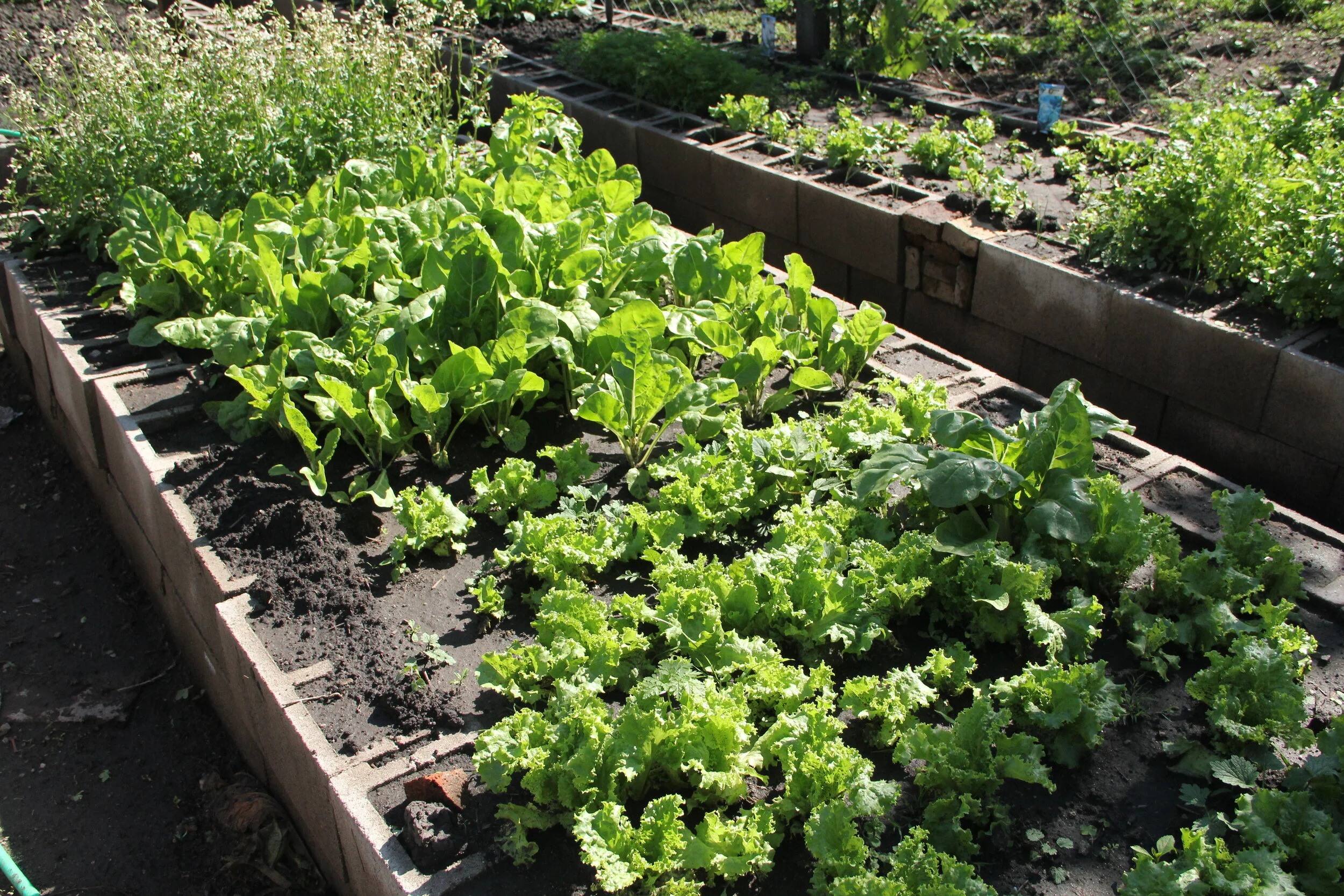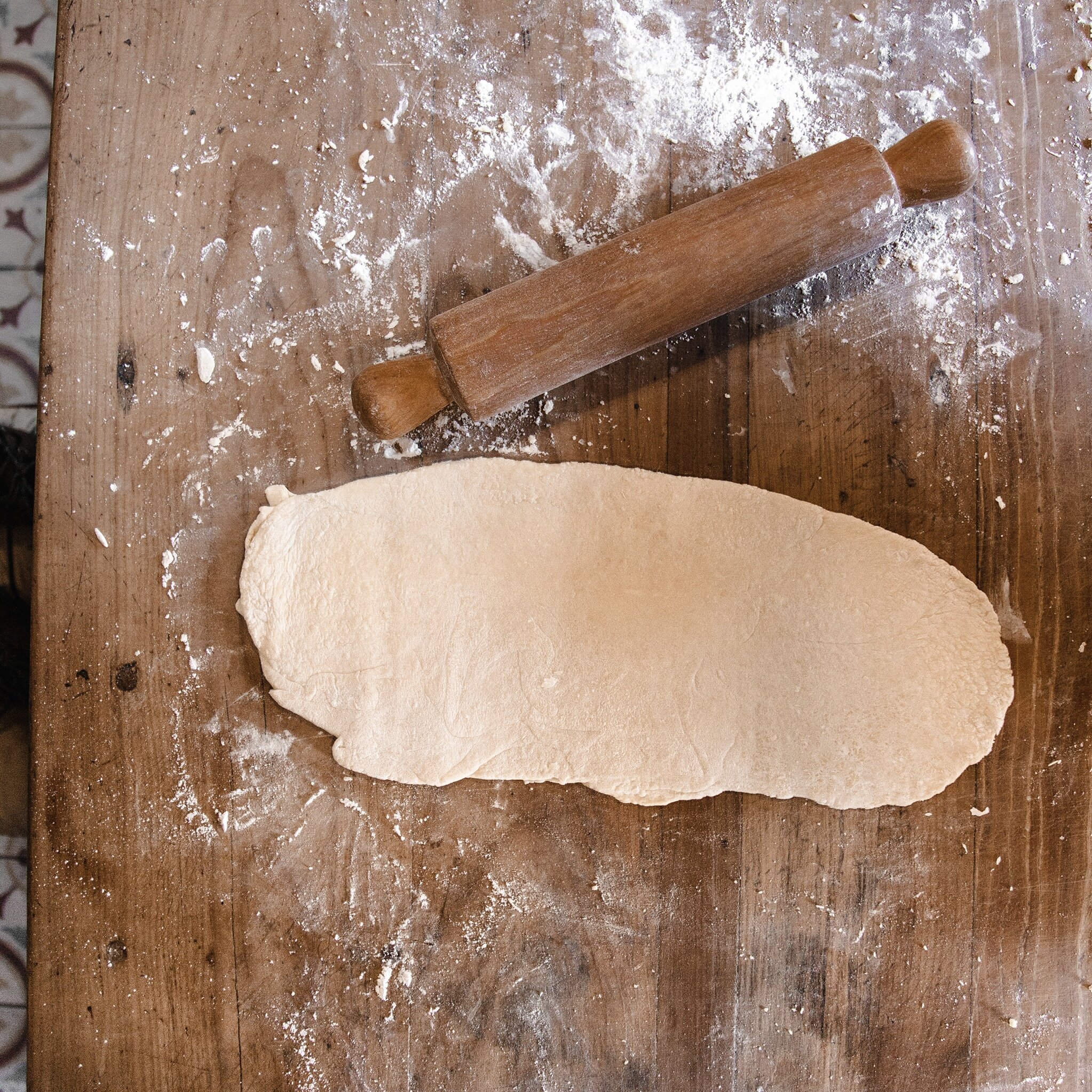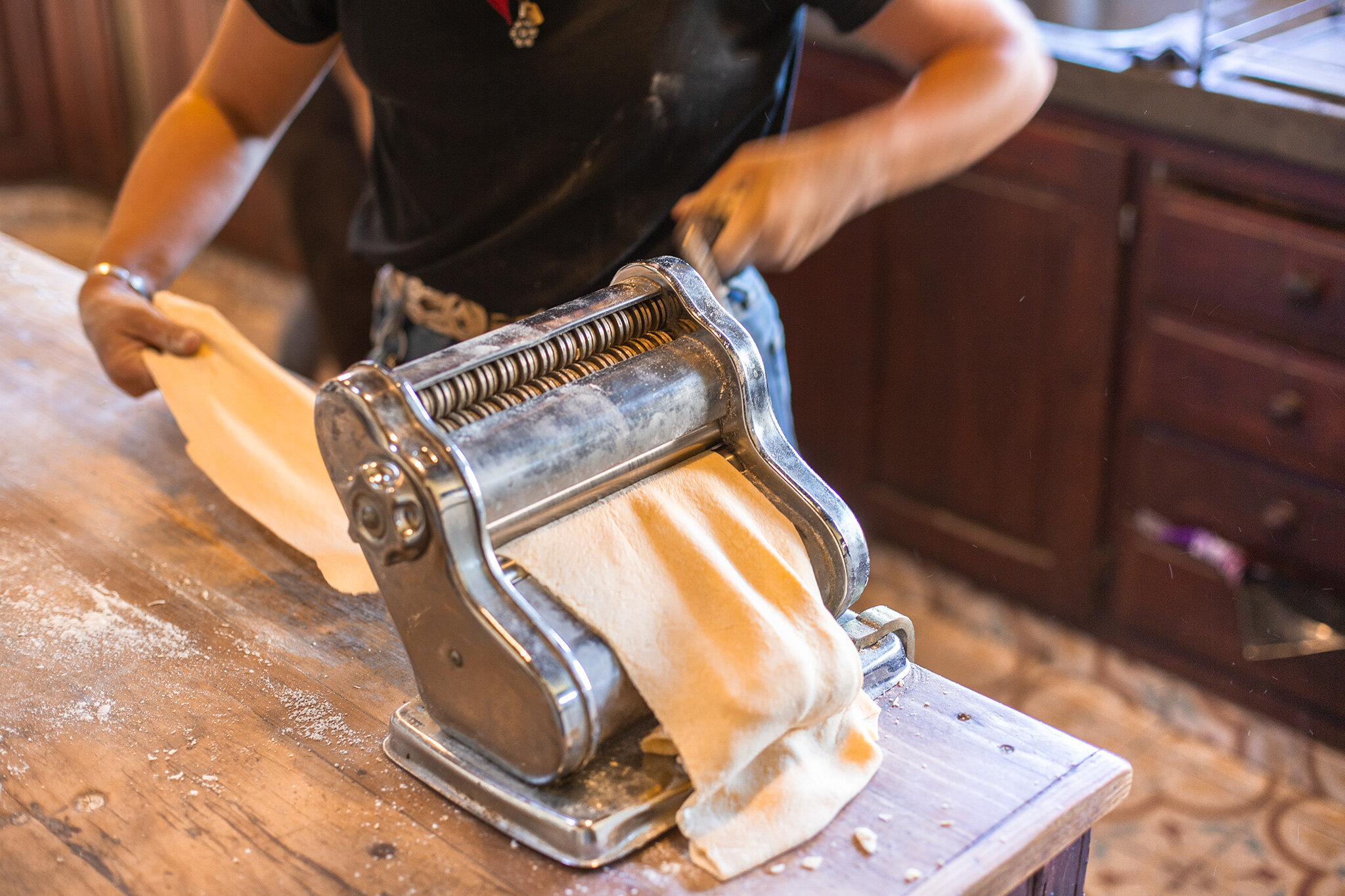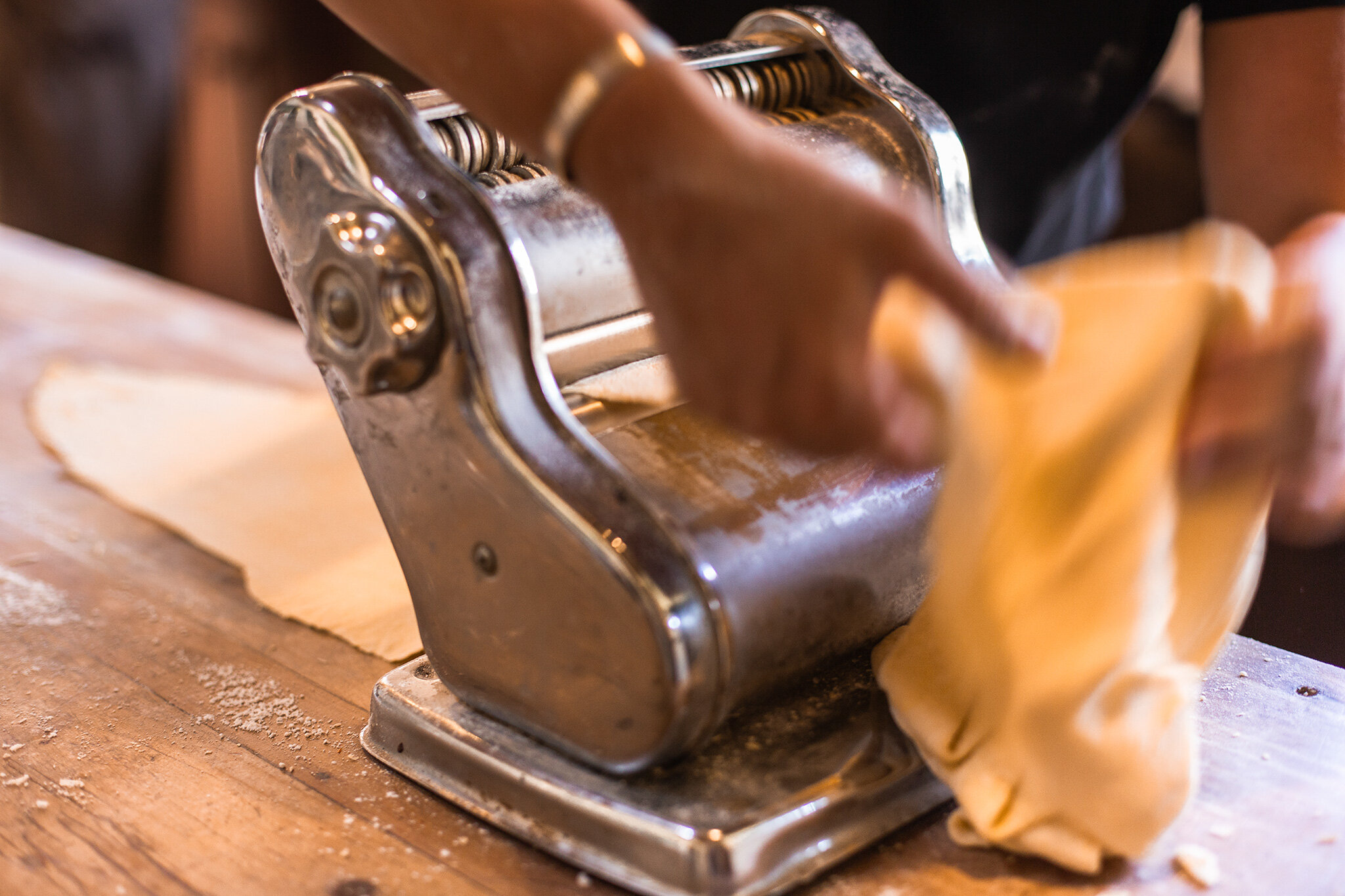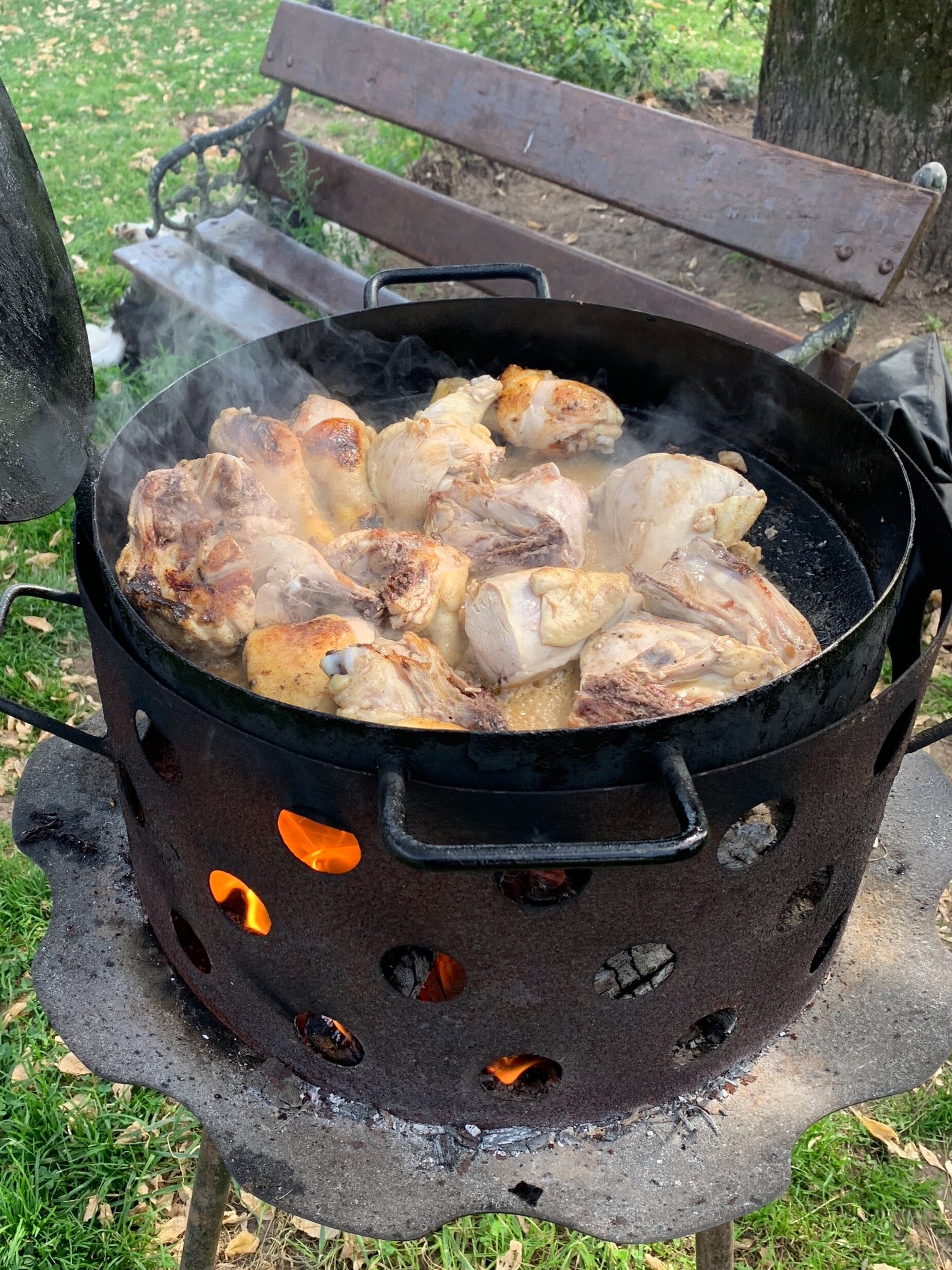In the winter most of our fruit trees are dormant waiting for the spring and the first rains of the year, then they burst into life and by summer we have an abundance of produce marked by the sprouting of the wild asparagus on the hills.
“Pick, prepare, preserve” is our ethos over summer. Our chefs are working hard on finding delicious new ways to preserve the harvest from the summer months to last us into the winter.
In previous posts we have talked about our new efforts of smoking meats and this has been a great success and a step in the right direction. We are constantly finding new solutions. Throughout the last few months we focused on picking vegetables, preserving in flavoured oil alongside making jams, jellies and chutneys to last into the winter.
This year, like many years before we have had a bumper harvest of aubergines and have made “escabeche” or pickled aubergine a traditional antipasti, flavoured with chilli flakes, garlic and bay leafs.
The orchard at Loza is filled with plums, peaches and apricots and wild cherries. We began by filling jars with wild cherries and sugar to make a cherry brandy, that will be ready in just a few weeks time after three months of brewing. The ‘guindado’ is traditionally made with brandy but our estancia recipe has always used locally sourced gin.
The soft summer fruits have been used in jams, poached in red wine and amaretto, or fruit compotes for topping yoghurt.
We foraged the trees from the waterfall to pick the Mirabelles (a sweet yellow plum). The apples from Los Melados have also been turned into a vast array of jams.




